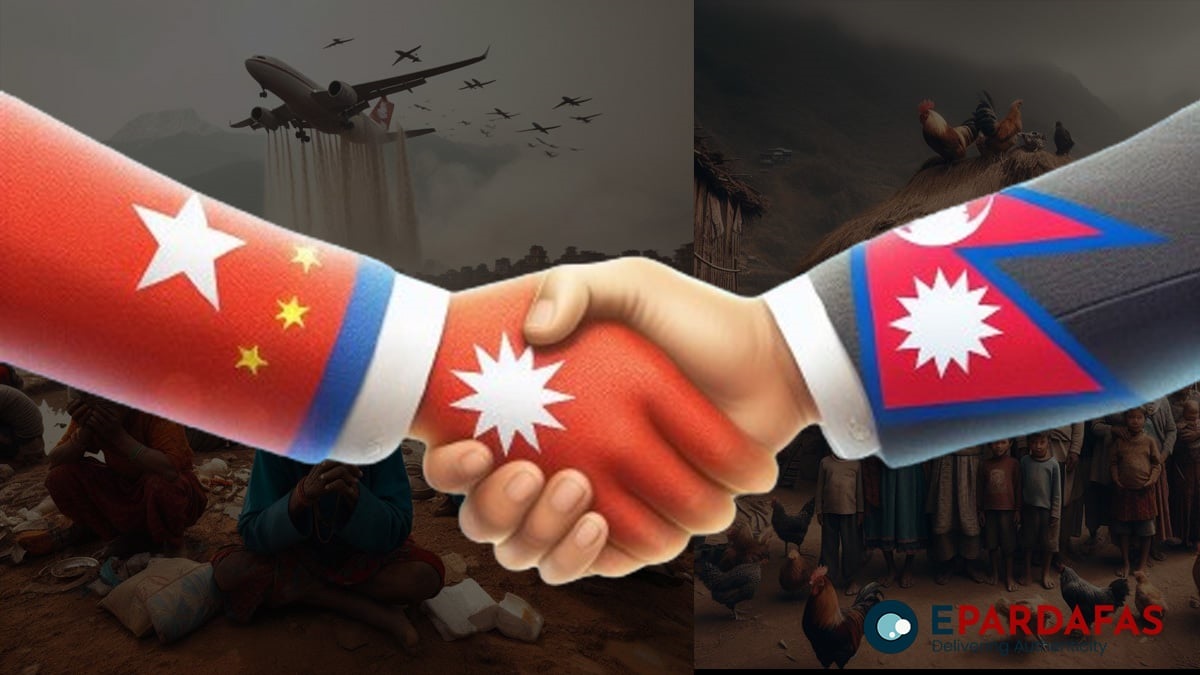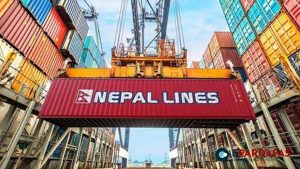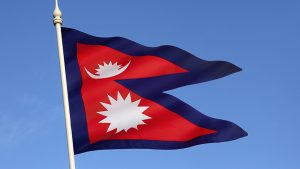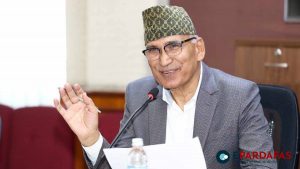Apart from the Pokhara airport, China has engaged in numerous projects in Nepal. Whether it’s the Damak Industrial Park or the Kerung-Kathmandu railway, China has committed to aiding in the construction of these vital projects. However, progress on these endeavors has been stagnant.
Construction has yet to commence on the industrial park slated for development in Jhapa, the hometown district of UML President KP Sharma Oli. Despite the formulated plans, Chinese businesses are poised to maintain dominance in Nepal for years to come. Moreover, local startups face the risk of losing land while Chinese companies stand to benefit from this venture.
Per the agreement, the park’s construction period spans 10 years, with Chinese management slated for 40 years before handing over control to Nepal.
The envisioned economic boon of the ‘China-Nepal Friendship Industrial Park Damak’, aimed at ameliorating the country’s economic condition, providing employment for one lakh individuals, and transforming the industrial landscape, remains in limbo. Additionally, this endeavor appears to underscore geopolitical tensions, drawing Chinese influence closer to the Indian border.
Eight years have elapsed since the land acquisition for the ‘China-Nepal Friendship Industrial Park Damak’, and two years since the laying of the foundation stone, yet progress remains elusive. Locals continue to protest against the agreement and the park’s construction.
Similarly, the Kathmandu-Kerung railway project has been primarily relegated to discussions. In Chaitra 2078, an agreement was reached to explore the feasibility of the Kathmandu-Kerung railway. During Chinese Foreign Minister Wang Yi’s visit to Nepal in Chaitra, a memorandum of understanding was signed between high-ranking officials from both countries to expedite the study.
The pre-feasibility study of the railway was conducted in Mangsir 075. During Chinese President Xi Jinping’s visit to Nepal in Ashoj 2076, it was agreed to commence the feasibility study. Despite the readiness of officials from both nations to initiate railway construction, progress has remained elusive.
The repeated delays in Nepali projects involving China and Chinese companies have left the Nepali side dissatisfied on numerous occasions. Additionally, concerns have been raised about projects under the Belt and Road Initiative (BRI) that are currently stalled.














Comments